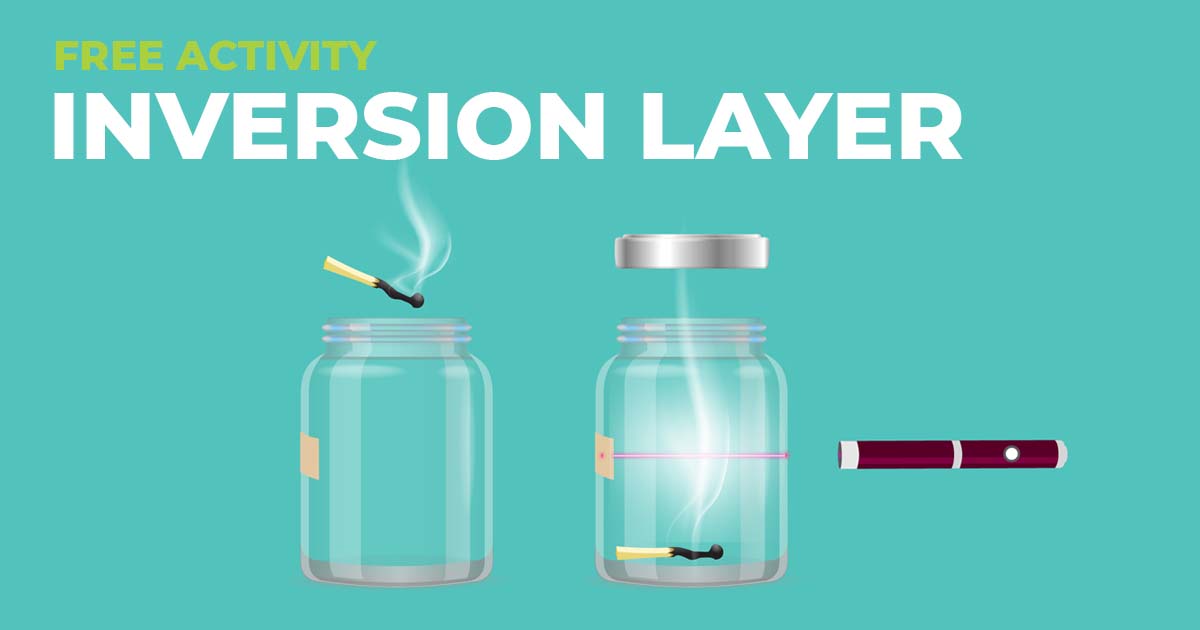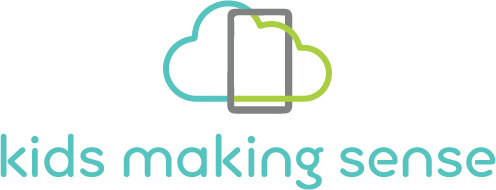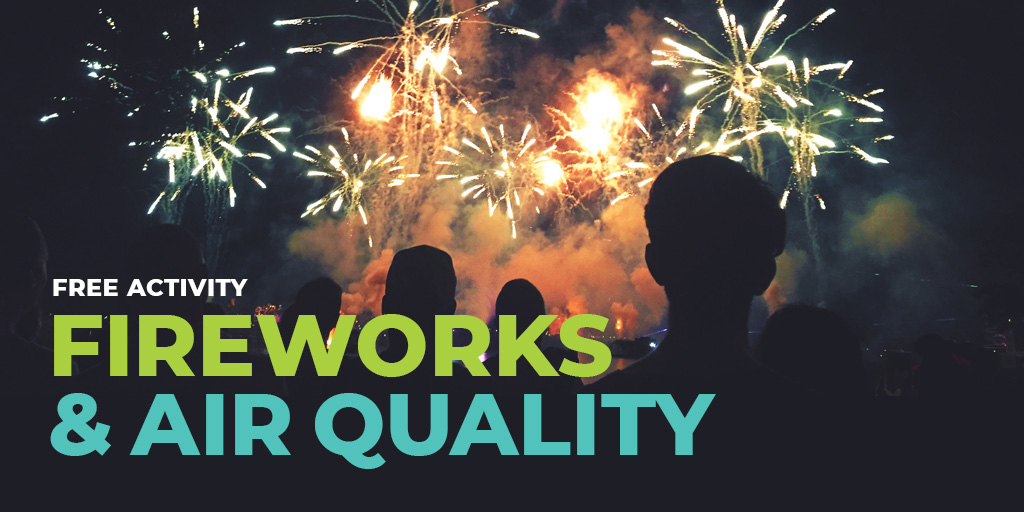
Newsletter
August 6, 2021
Inversion Layer Investigation
February 14, 2022Free Resources > Fireworks & Air Quality
Fireworks & Air Quality
You can design a simple experiment to study how fireworks affect air quality using your Kids Making Sense® particulate matter (PM) sensor. When fireworks light up the night sky, they also produce high concentrations of particle pollution. This happens whenever there are fireworks, but the example below is from New Year’s Eve when many cities host firework shows.
We came up with two different options for recording data for the fireworks data collection experiment. Option 1 involves measurements of PM the day before and on the day when fireworks occur. Option 2 involves PM measurements during and after the fireworks show (both on same day).
Note: Do not set off your own fireworks to perform this experiment as fireworks are dangerous.
Option 1: Measuring on December 30 and December 31
New Year’s Eve firework shows usually start at midnight, but you may need to adjust the time depending on when fireworks are scheduled to start in your area.
- Use the PM sensor to measure PM levels not long before midnight on December 30. Turn the sensor on to measure PM for about 30 minutes, which is the typical length of a fireworks show.
- Repeat the same measurement in the same location for same amount of time at midnight on December 31. The measurements should start at the beginning of the fireworks show.
- How do the values compare? Do you see influence from firework smoke? If you don’t, why might that be the case? Record all your observations. (Do you smell fireworks? Did your city or town even have fireworks this year? Was it windy?)
Option 2: Measuring over time on December 31
Midnight is usually when firework shows start, but you may need to adjust the time depending on when fireworks are scheduled in your area.
- Use the PM sensor to measure the PM levels before or just after the fireworks show starts in your area (probably around midnight).
- Measure continuously, or once each hour, for a few hours even after the fireworks have ended. Smoke will travel and it may take time before it reaches the sensor, so measuring after fireworks have ended will help make sure you capture the smoke.
- Take notes in the AirCasting app when you notice any changes in the wind, the smell of smoke, or any other environmental observations.
- Do you see influence from firework smoke over time? How did the levels change? If you don’t why might that be the case? (Do you smell fireworks? Did your city or town even have fireworks this year? Was it windy?)
If in a class setting, have your students discuss what they observed in their data during class. Did some students see high levels while others did not? Why might that be the case? The distance to the firework show, the number of fireworks, the wind, and the duration of the measurements can all have an impact on your results.


